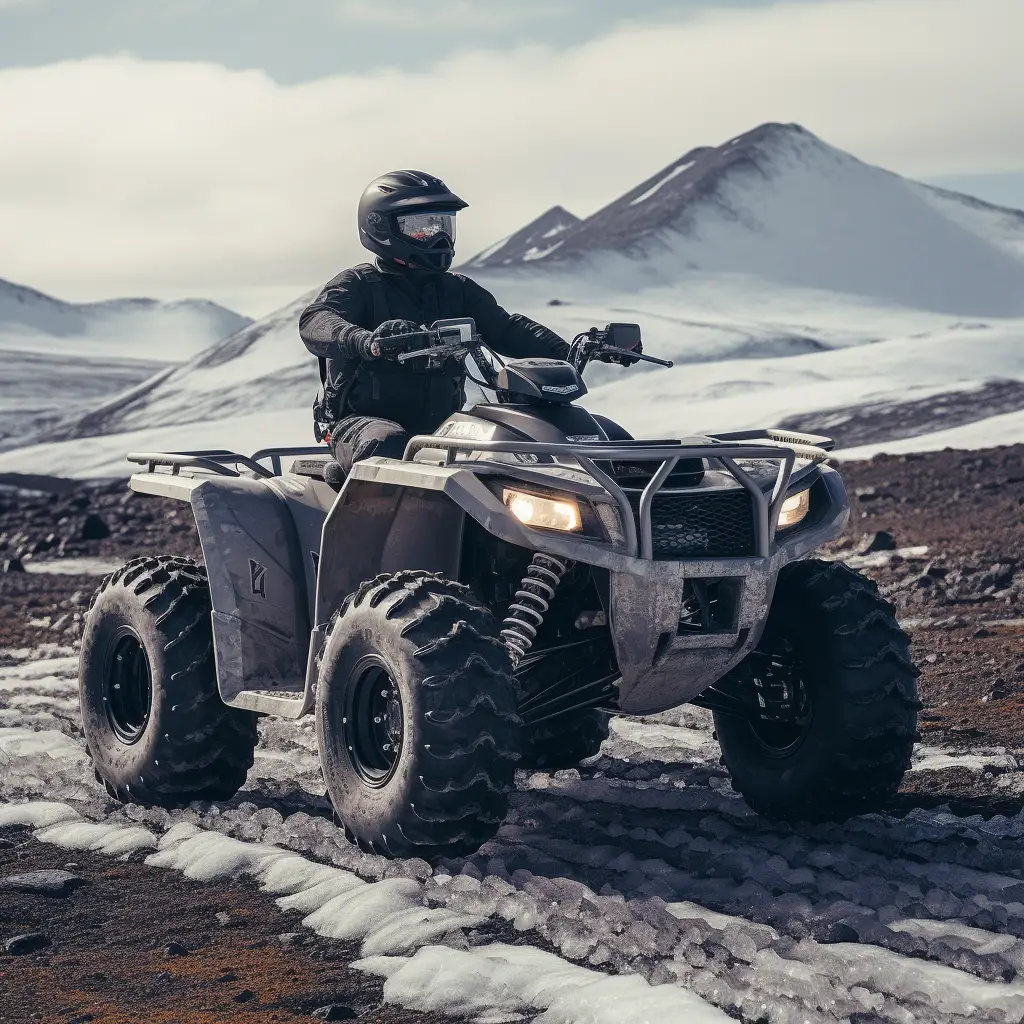
When it comes to all-terrain vehicles (ATVs), the conversation often steers toward the exhilarating power and agility these machines offer. Yet, the unsung hero underpinning their performance is the Continuously Variable Transmission (CVT). A marvel of engineering, the CVT delivers seamless acceleration without the jerks and jumps of traditional gear changes. This blog post dives deep into the world of ATV CVT, demystifying its mechanics and highlighting why it’s the transmission of choice for off-road enthusiasts.
What is a Continuously Variable Transmission (CVT)?
Before we delve into the inner workings of CVTs in ATVs, let’s understand what a CVT is. Unlike conventional automatic or manual transmissions that have a fixed number of gear ratios, a CVT provides an infinite number of ratios between its lowest and highest limits. This capability allows an ATV’s engine to run at its most efficient RPM for a range of vehicle speeds, enhancing performance and fuel efficiency.
The Core Components of ATV CVT
The CVT comprises several key components that work in harmony:
- Variable-Diameter Pulleys (VDPs): These pulleys adjust their diameter as the ATV operates. One pulley is connected to the engine (drive pulley), and the other to the wheels (driven pulley).
- The Belt: A metal or high-strength rubber belt connects the two pulleys. Its position on the pulleys changes to adjust the gearing ratio.
- The Centrifugal Clutch: This clutch automatically engages or disengages the drive pulley based on engine RPM, allowing the ATV to idle without moving.
- The Torque Sensor: It detects the need for power or speed, adjusting the pulleys accordingly.
How Does ATV CVT Work?
The magic of the CVT lies in its ability to change gear ratios on the fly without manual input or gear shifts. When you throttle an ATV, the engine speeds up, and the centrifugal clutch engages. This action causes the drive pulley to close, forcing the belt to ride higher. Simultaneously, the driven pulley opens, allowing the belt to sink lower. This mechanical dance results in a ‘lower’ gear ratio, providing more torque to the wheels.
As the ATV gains speed, the system continuously adjusts the pulleys’ positions, effectively ‘shifting gears’ without any gears. The result is a smooth acceleration curve that feels linear and powerful, perfectly suited for tackling diverse terrains without losing momentum.
The Advantages of ATV CVT
Here’s why ATV riders often prefer CVTs:
- Smooth Operation: The CVT’s stepless nature means no jerking motions or sudden shifts, providing a comfortable ride.
- Power Efficiency: By allowing the engine to stay at an optimal RPM for varying speeds, CVTs ensure better utilization of the engine’s power band.
- Durability: With fewer moving parts than a traditional transmission, a CVT can be more reliable and require less maintenance.
- Ease of Use: For novice riders, a CVT is less intimidating than manual shifting, making it easier to focus on navigating the terrain.
Maintenance Tips for ATV CVT
Despite their durability, CVTs do require maintenance. Here are some tips to keep them running smoothly:
- Regular Inspection: Check the belt for wear and tear. A damaged belt can lead to reduced performance or a breakdown.
- Keep it Clean: Dirt and debris can harm CVT components. Cleaning the CVT housing regularly is crucial, especially after off-road adventures.
- Proper Lubrication: Certain CVT parts need lubrication. Consult the ATV’s manual and ensure the right parts are lubricated with the correct products.
- Prompt Replacement: If you notice any slipping or other issues, replace the belt or other worn parts promptly to avoid further damage.
CVTs and The Future
The use of CVT is not just limited to ATVs; it’s gaining traction in cars, snowmobiles, and even agricultural equipment. With advancements in materials and technology, the CVT’s efficiency and reliability are only set to improve. The future of CVTs also includes potential integration with hybrid systems, where they can help optimize fuel efficiency and reduce emissions.
The CVT represents a remarkable combination of simplicity and sophistication in the world of ATV transmissions. By delivering power seamlessly and efficiently, it ensures a responsive and enjoyable ride. Whether you’re a seasoned rider or a beginner, understanding the mechanics of your ATV’s CVT can enhance your appreciation for this versatile vehicle and lead to a better off-roading experience.
For those curious about the mechanical symphony that takes place beneath the seat of an ATV, the CVT is a testament to human ingenuity in engineering. It’s the silent partner that empowers your ATV to conquer challenging landscapes with grace
